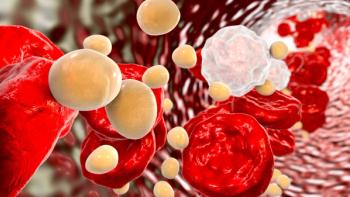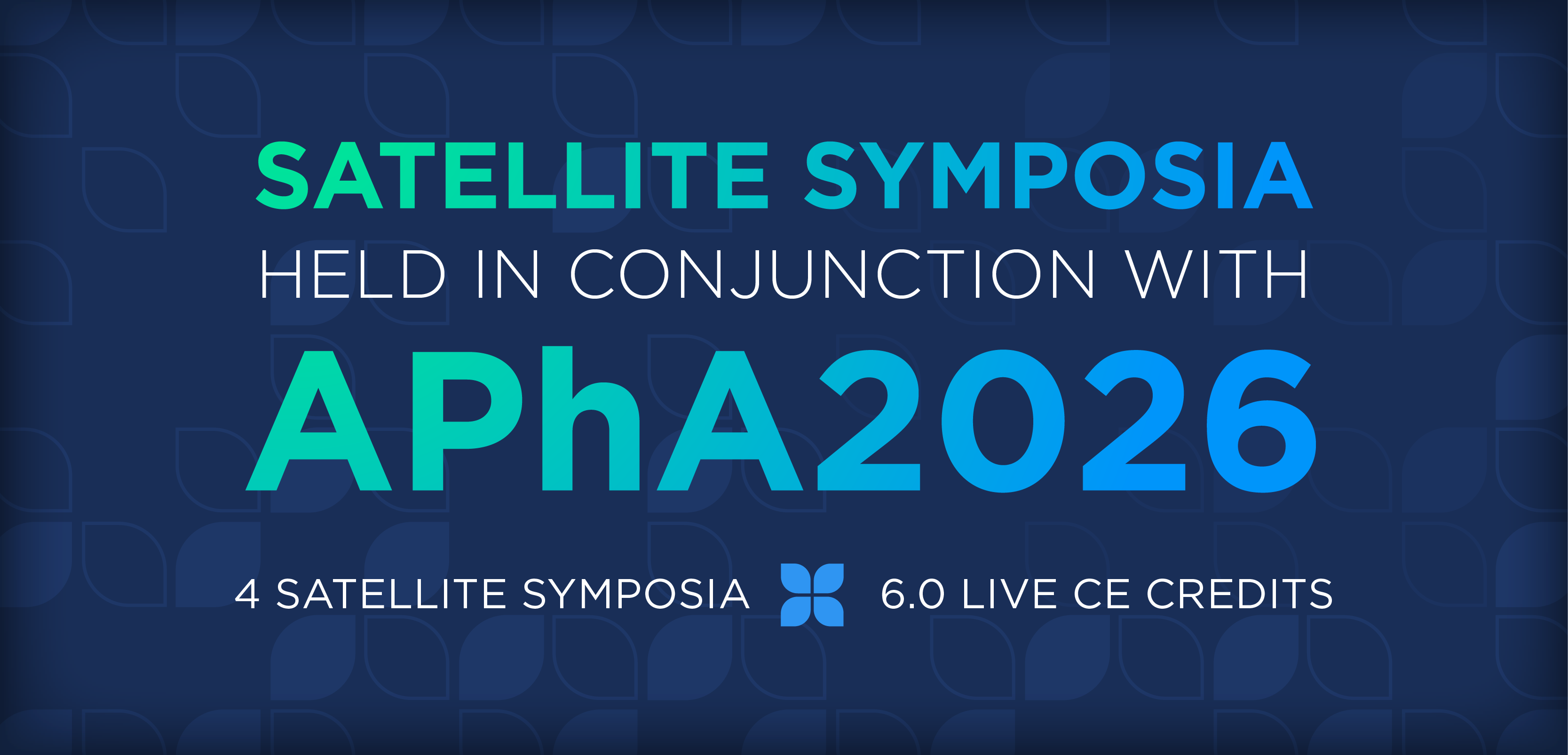
Three Studies Illustrate Plasma Genotyping Benefits in Lung Cancer Patients
The biological mechanisms underlying the association between a successful plasma analysis and the age of non-small cell lung cancer patients are not fully understood.
Three studies recently confirmed the potential benefits of plasma genotyping in patients with non-small cell lung cancer (NSCLC).
Most NSCLC patients are tested for epidermal growth factor receptor (EGFR) mutations that indicate suitability for targeted EGFR tyrosine kinase inhibitor (TKI) therapy. Currently, tissue biopsies are the standard form of therapy, but are not feasible for approximately 20% of NSCLC patients.
Studies have found that plasma could be a potential alternative for EGFR mutation analysis by extracting circulating tumor DNA (ctDNA).
The primary end results from the ASSESS trial were presented at the European Lung Cancer Conference (ELCC) 2016 in Geneva, Switzerland. The trial showed that ctDNA is both feasible and suitable for EGFR mutation analysis in real world practice.
The analysis examined whether a patient’s disease or demographic characteristics helped detect EGFR mutations in plasma. The results of the analysis showed there was an association between the increased sensitivity of EGFR mutation detection in plasma and the increasing number and severity of metastases.
Additionally, EGFR mutation detection in plasma was significantly higher in patients under 65-years-old compared with older patients. These findings were confirmed by the companion study, IGNITE.
“Further studies are required to confirm these findings and identify potential underlying biological mechanisms -- the age finding in particular is interesting,” said study author Nicola Normanno. “The increased ability to detect EGFR mutations in plasma from patients with a higher number of organs with metastases makes sense biologically, as these patients have higher tumor burden and we could expect more ctDNA to be released in the blood. The same could also be true for patients that have metastases to organs further away from the lungs.”
The specific biological mechanisms underlying the association between a successful plasma analysis and age are not fully understood and needs to be studied further, the researchers noted.
However, evidence suggests that the biological features of certain tumors may change with age.
“If plasma testing is more reliable for some patients with certain characteristics, this may have implications in the way that we conduct mutation testing for patients with NSCLC, and ultimately impact upon treatment decisions,” Normanno said. “Our data suggests that for the majority of patients with metastatic disease a plasma test could be sufficient to determine EGFR mutation status particularly when a robust and reliable methodology is used. Due to the low sensitivity of plasma genotyping (60-70%), a biopsy will still be recommended in plasma negative cases.”
Additional data was presented at the ELCC Conference from a phase 1 AURA trial for osimertinib, a third generation T790M targeting EGFR inhibitor. Those who are eligible for the drug require a positive biopsy test for T790M.
The study examined the drug’s efficacy based on either tumor or plasma results in patients with acquired resistance to first line EGFR inhibitors and who have the T790M mutation L858R or exon 19 deletion.
The results from the AURA trial showed there was a correlation between positive T790M biopsies and high response rates with long progression free survival (PFS). Those with T790M negative tumors had a low response rate and modest PFS.
Patients with a T790M positive plasma had a high response rate and long PFS. Those with T790M negative plasma were found to have mixed outcomes.
“The first conclusion is that a non-invasive blood test appears to have the ability to find T790M positive patients very effectively,” said lead study author Geoffrey Oxnard. “But the blood test only has a sensitivity of 70% or 80% so there are false negatives. In other words, if you have a negative result in the blood test it may be that the mutation was present but not detected.”
Study researchers warn that although the plasma tests can be helpful, they are unlikely to fully replace tissue biopsies.
“When we studied the tumor results on patients who were T790M negative in the blood we could differentiate those who do better or worse on osimertinib, meaning that a biopsy is an effective fall back to clarify who should and who shouldn't get the drug,” Oxnard said. “We conclude that a 2 stage approach is needed, starting with the blood test. Patients who test positive for T790M on the blood test can receive osimertinib. Those who test negative should have a biopsy test to clarify their T790M status.”
There was some surprising results from the study that involved patients who were T790M negative in the tumor, but T790M positive in the blood test.
“This suggests that the resistant mutation might be present in just a subset of the cells, or only in some sites of the tumor,” Oxnard said. “A biopsy may not capture the cancer's resistance across all sites of disease but a blood test does. Patients with this apparent false negative tissue result did not respond as well to osimertinib as patients with a positive test. It could be that if T790M is only in a subset of resistance cells there may be other resistance mechanisms hidden in the tumor which reduce the effect of the drug.”
During a second study, patients with EGFR T790M mutation who had previously failed an EGFR inhibitor were used to test osimertinib. The results of this study found a high similarity between plasma-positive and tissue-positive tests. Patients with either of these positive tests responded to the drug in a similar manner.
“The data demonstrates that the responses are equivalent, which hopefully will ultimately lead us to a point where we no longer have to do a biopsy in every patient,” said study author Pasi Jänne. “I think we will see more and more plasma testing for genetic alterations in lung cancer, where we are trying to treat a genetically defined patient population.
“Blood can be drawn on every patient whereas biopsies are not feasible in everybody, so that opens up the spectrum of patients who can be tested. With a blood test you can isolate and analyze the DNA much faster than you can do a biopsy so eligibility for treatment could be determined more quickly.”
Researchers said the 3 studies confirmed the potential for clinical utility using ctDNA EGFR genotyping with routine practice, while also giving information on the magnitude of false negatives.
“We now need validation of ctDNA EGFR genotyping in real world settings to better understand how it can be delivered,” said researcher Sanjay Popat about the presented findings. “Analyses from clinical trial datasets are usually done retrospective to patient accrual in the trial which is very different to a patient waiting for the result in real time.
“Plasma testing will not routinely replace tissue biopsy for mutation testing which should still be regarded as the gold standard. It would be a complementary test, and may be a replacement in some patients, for example those in whom a tissue biopsy is not possible.”
Newsletter
Stay informed on drug updates, treatment guidelines, and pharmacy practice trends—subscribe to Pharmacy Times for weekly clinical insights.



















































































































































































































